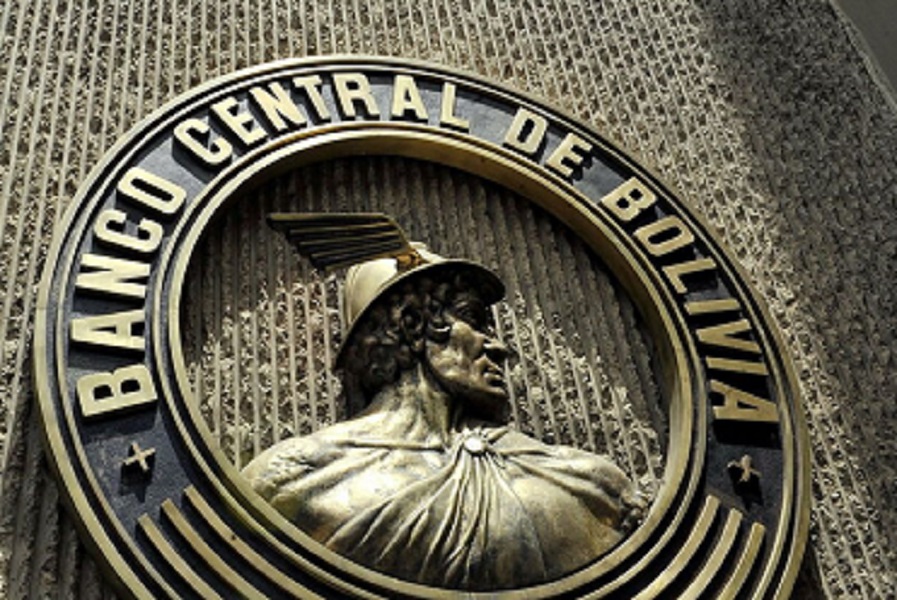RIO DE JANEIRO, BRAZIL – The Central Bank of Bolivia (BCB) highlighted the “stability” and “recovery” of the growth rate of the Bolivian economy in 2021, the central bank announced during the presentation of the Monetary Policy Report (MPR) on Tuesday.
“Our economy has managed to recover its growth rate” with “exchange rate and price stability,” assured BCB President Edwin Rojas.
Read also: Check out our coverage on Bolivia
The balance sheet of the past government was based on the international context, monetary and exchange rate policies, the main economic results and a macroeconomic projection for this government.

Rojas pointed out that there was a “bearish” moment in 2021 due to problems in the international supply chain and announcements by the various monetary policy bodies to withdraw “economic incentives.”
In light of this, Bolivia is looking for “conventional” and “unconventional” monetary measures to counter these difficulties, he said.
The BCB president explained some of the objectives of the 2021 Fiscal and Financial Program, such as a 4.4% gross domestic product (GDP) growth, a maximum inflation of 2.6%, or the $4.011 billion dedicated to public investment, among other challenges.
In the area of conventional measures, Rojas stressed that an “expansionary monetary policy” has been maintained with more than $718 million for the creation of “resource funds,” the issuance of bonds with an interest rate of 0.63%, and the restoration of the BCB’s role as “lender of last resort.”
The main non-conventional measures included the placement of bonds amounting to about US$46 million, adjustments to the legal reserve requirements for lending to financial companies, and liquidity loans for the productive sector.
Also important was the “creation of liquidity” in the financial system, “the highest in recent years,” with more than $2.152 billion, “to meet the demand of the population,” of which 39% is for the productive sector and 15% for social housing credit, Rojas said.
Another aspect that the BCB president appreciated is what he called the “stabilization” of the Net External Reserves (NIR), which will be $4.764 billion in 2021, compared to $5.276 billion under the previous administration.
Rojas highlighted that cumulative inflation in 2021 is 0.9% and that cumulative growth in the third quarter of last year was 8.9%.
This contrasts with the -12.9% recorded in the second quarter of 2020, at the height of the pandemic, when measures such as quarantine and border closures were applied.
Although it did not specify the result of growth in the last quarter of last year, the issuer’s main authority expects the administration to have completed “around 6%” in 2021.
Finally, for this year, the BCB projected growth of 5.1% and inflation of 3.3%.

